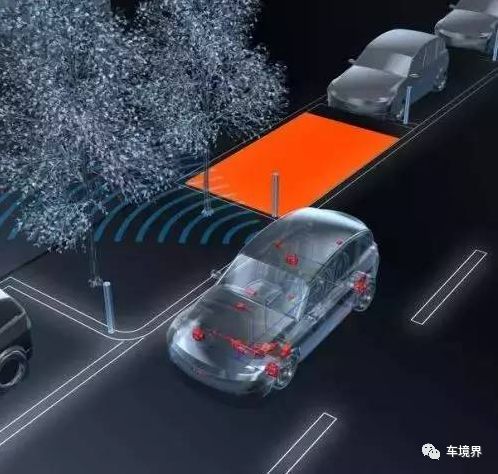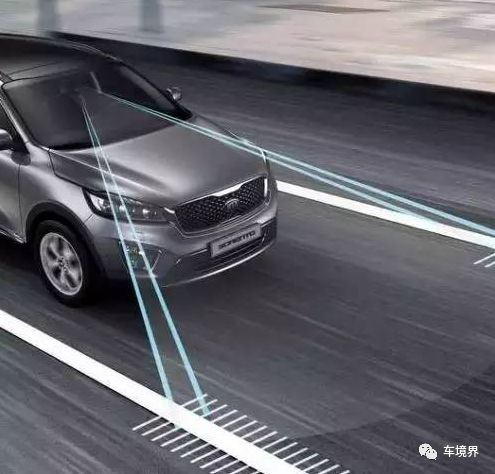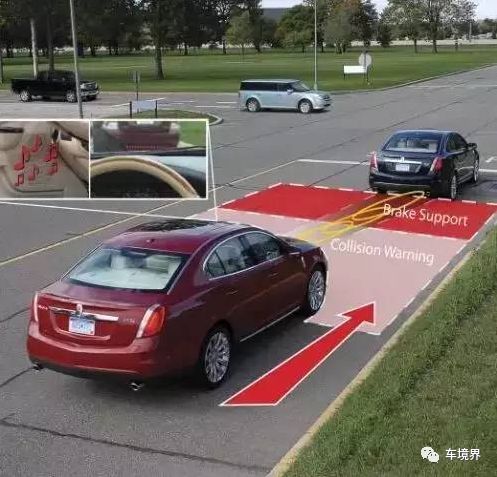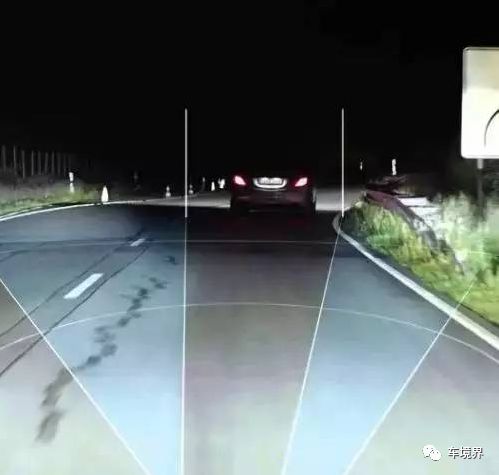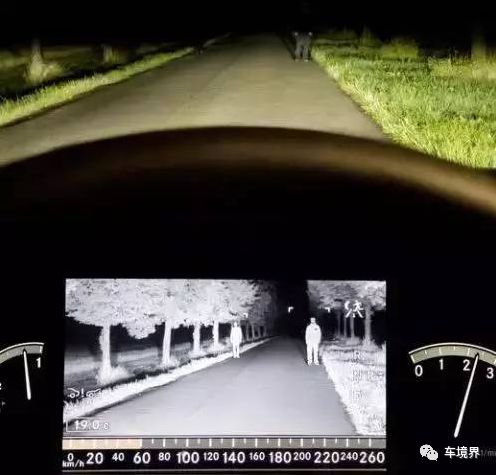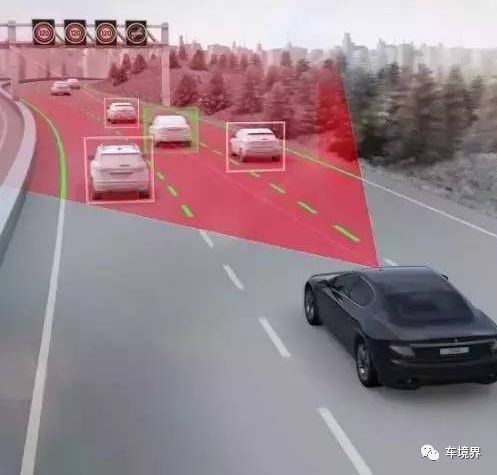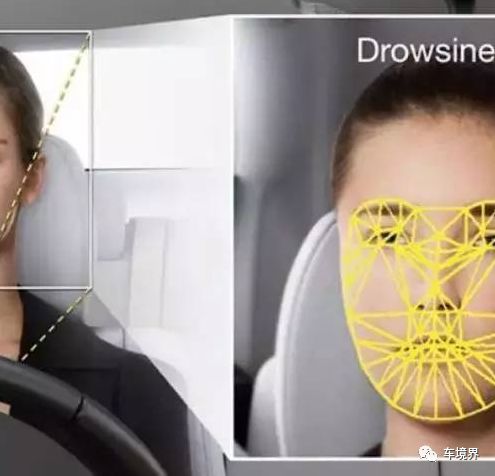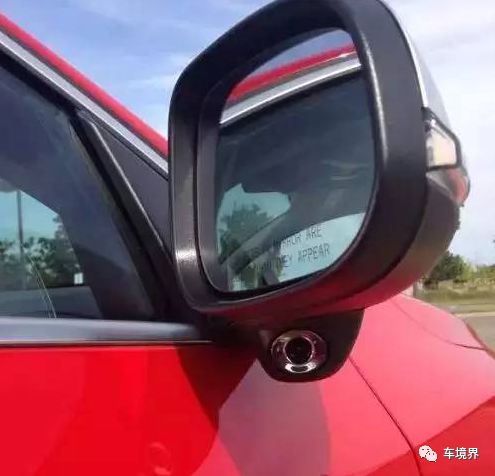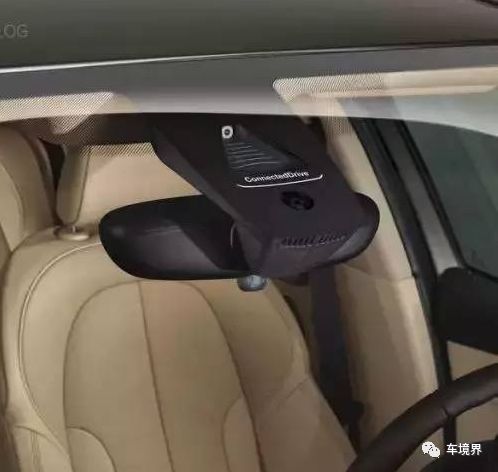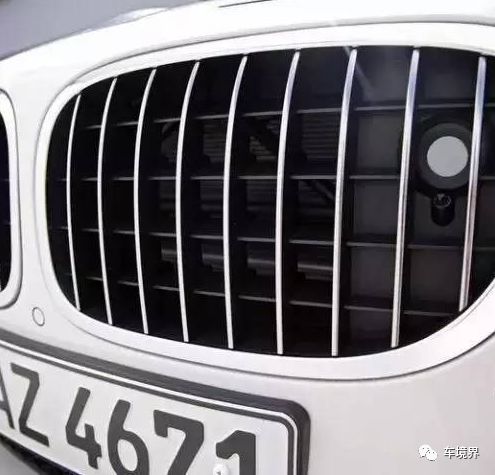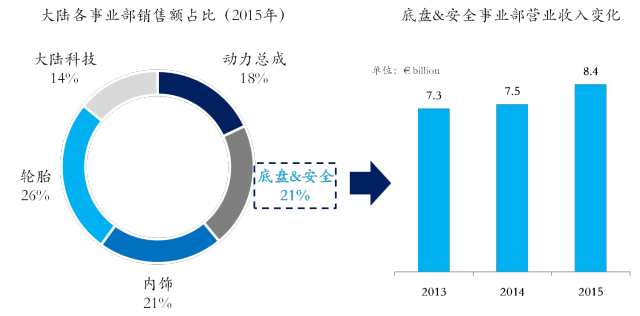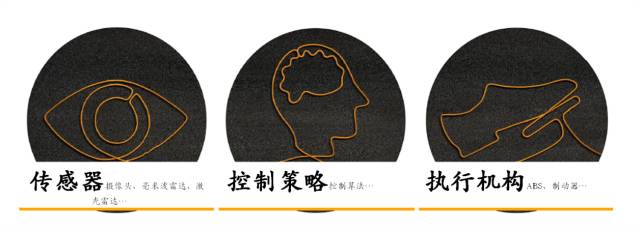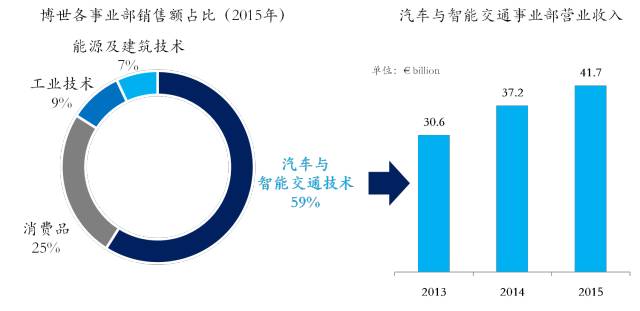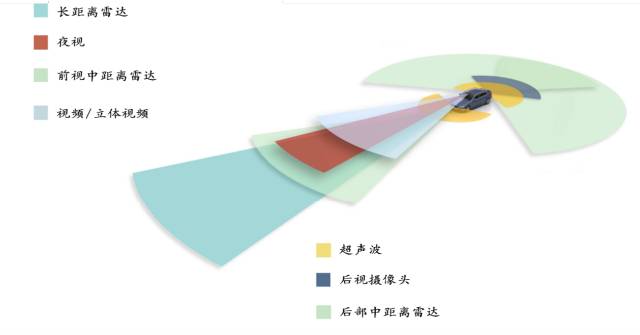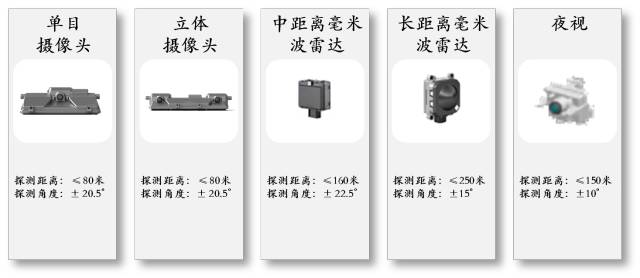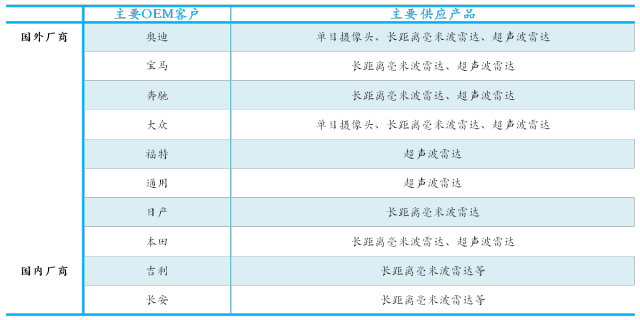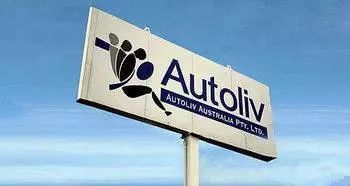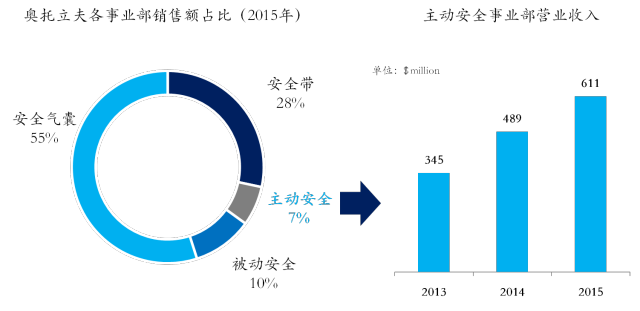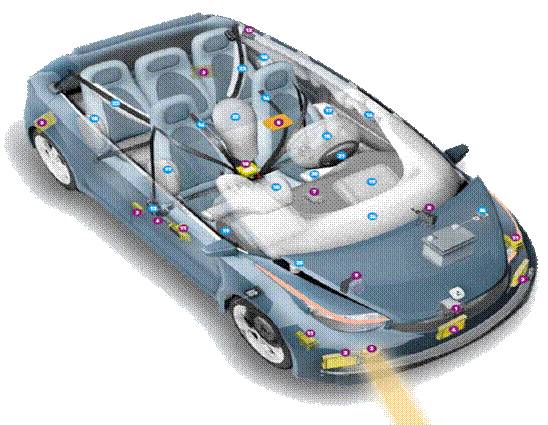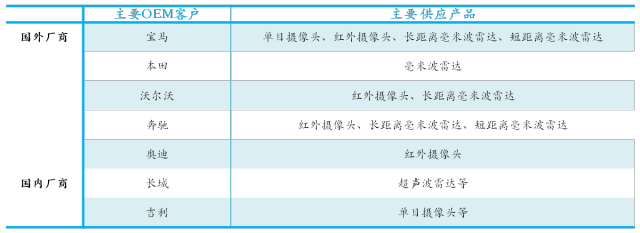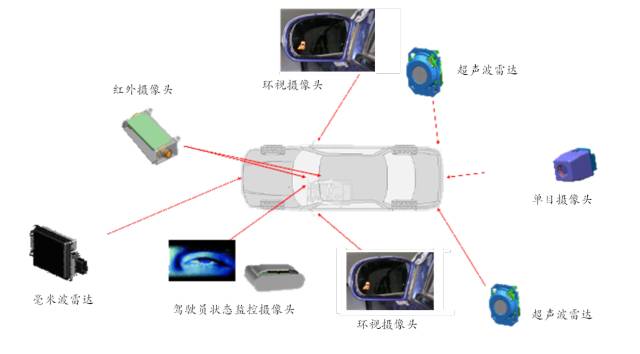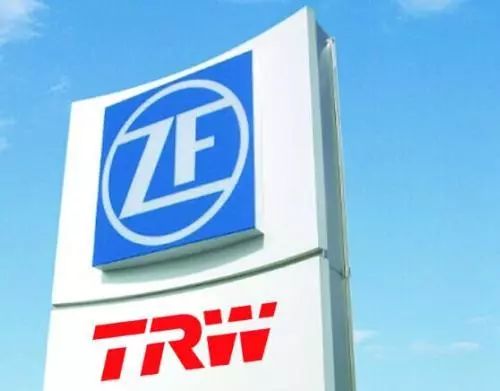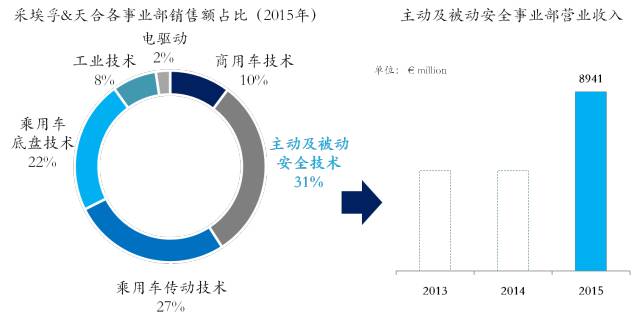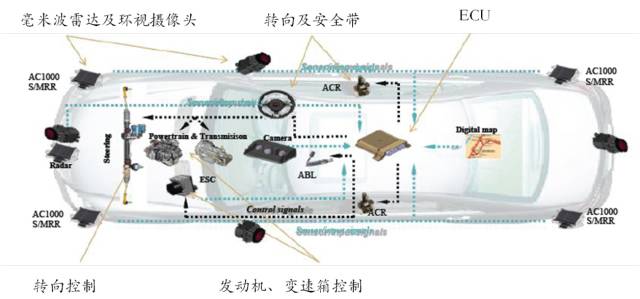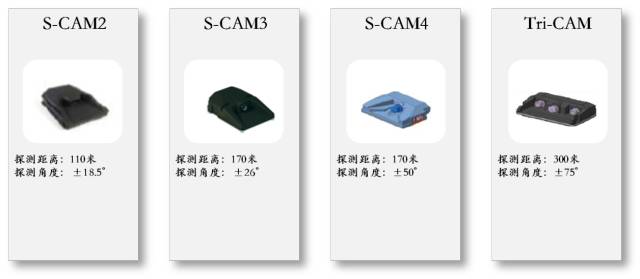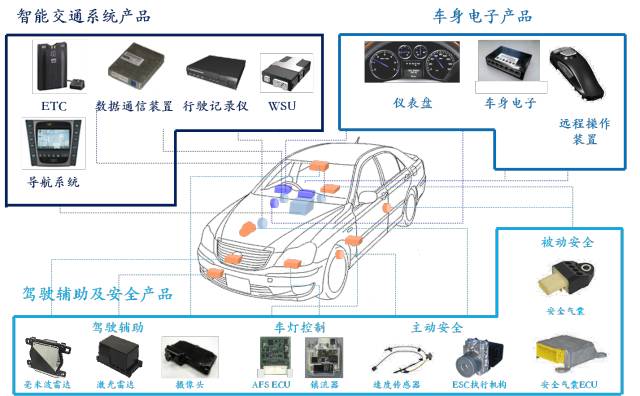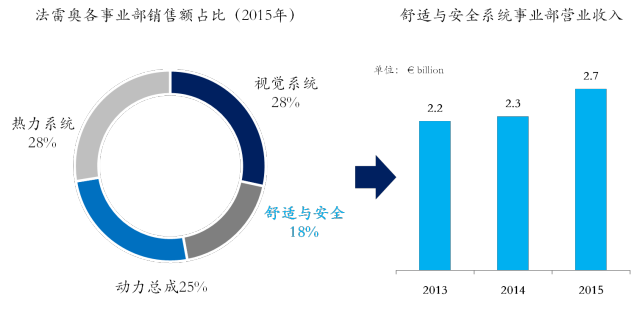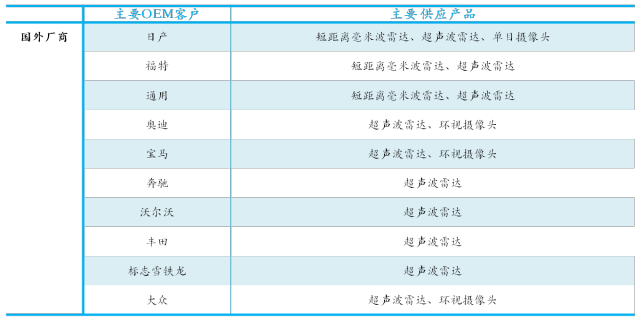Skip to content
ADAS (Advanced Driving Assistance System) refers to advanced driving assistance systems.
ADAS utilizes various sensors installed on the vehicle to collect environmental data inside and outside the car in real-time, performing technical processing such as identification, detection, and tracking of static and dynamic objects, allowing drivers to quickly perceive potential dangers, thereby raising awareness and enhancing safety through proactive safety technologies.
The main sensors used in ADAS include cameras, radar, lasers, and ultrasound, which can detect light, heat, pressure, or other variables used to monitor the vehicle’s status, typically located on the front and rear bumpers, side mirrors, inside the steering column, or on the windshield.
Early ADAS technologies primarily focused on passive alerts, issuing warnings when the vehicle detects potential dangers to alert the driver to abnormal vehicle or road conditions. In the latest ADAS technologies, active intervention is also common.
The advanced driver assistance systems in vehicles typically include:
-
Navigation and Real-time Traffic System TMC;
-
Electronic Police System ISA (Intelligent Speed Adaptation or Intelligent Speed Advice);
-
Vehicle Communication Systems;
-
Adaptive Cruise Control ACC;
-
Lane Departure Warning System LDWS;
-
-
Collision Avoidance or Pre-Crash Systems;
-
-
-
Pedestrian Protection System;
-
Automatic Parking System;
-
Traffic Sign Recognition;
-
-
Driver Drowsiness Detection;
-
-
Electric Vehicle Warning Sounds System.
1. Blind Spot Detection System
The blind spot of a car driver refers to the areas not visible in the left, right, and rearview mirrors. Many drivers have a profound impression of blind spots, which are also one of the common causes of accidents. The blind spot detection system uses radar and sensors to detect the blind spot area behind the vehicle, providing warnings to the driver when it detects a vehicle approaching in the blind spot, helping to minimize the chance of accidents.
2. Parking Assistance System
The parking system of ADAS benefits many novice drivers who struggle with parking. The parking assistance system is divided into two types: active and passive. The former automatically controls the steering wheel to assist the driver in completing the parking maneuver, while the throttle, brake, and gear shifts are still controlled by the driver. The latter consists of imaging (cameras) and audio-visual (ultrasound) sensors, providing more information about the surroundings of the vehicle to help the driver reduce the chance of collisions.
3. Lane Departure Warning System LDW
This system consists of cameras, sensors, and controllers, utilizing cameras placed on the side of the vehicle or in the rearview mirrors to sample the lane markings on the road. It processes images to determine the vehicle’s position in the lane. If the vehicle deviates from the lane, the controller will issue an alarm signal, with the entire process taking about 0.5 seconds, providing real-time reminders to alert the driver and avoid potential accidents.
4. Forward Collision Warning System FCW
This system uses radar installed at the front of the vehicle to detect the distance and speed of the vehicle in front. Initially, it issues a warning sound to remind the driver to maintain distance. If the distance continues to decrease, the vehicle will automatically apply the brakes lightly and tighten the seatbelt 2-3 times to warn the driver. If the system determines that a collision is unavoidable, it will activate the Automatic Emergency Braking (AEB) and simultaneously tighten the seatbelt to secure the driver, reducing potential injuries from an accident.
5. Adaptive Headlight System
This system can automatically adjust the range and angle of the headlights according to different road conditions, environments, vehicle speeds, and weather conditions, allowing the headlights to illuminate further without affecting the visibility of other road users, providing safer and more comfortable lighting for drivers and oncoming vehicles. From the past AFS (Adaptive Front-lighting System) to the current multi-LED intelligent headlights combined with sensors, all belong to this system.
6. Night Vision System
This system helps drivers automatically identify animals or large objects in low visibility conditions at night or during inclement weather, while warning the driver about the road conditions ahead to avoid potential accidents. The identification method uses infrared sensors to perceive differences in heat, distinguishing between people, animals, vehicles, and the environment, converting the data into images to clearly present previously unclear objects to the driver, thereby reducing driving risks.
7. Adaptive Cruise Control System (ACC)
This system uses distance sensors installed at the front of the vehicle to continuously scan the road ahead to determine the speed and relative distance of the vehicle in front. It automatically detects the speed while driving, adjusting its own speed to maintain a safe distance from the vehicle ahead, thereby reducing the likelihood of collisions. This is referred to as the advanced version of the adaptive cruise control system, which is already seen in many vehicle models.
8. Driver Physiological State Monitoring
This system primarily utilizes cameras to detect the driver’s face, assessing their level of concentration and signs of drowsiness. Some systems even analyze the frequency of the driver’s eye openings to determine safety levels, providing appropriate warnings or assistance actions. If the driver’s facial expression changes or their eyes close, the vehicle will alert the driver through sounds and lights to ensure attention and reduce the risk of accidents.
9. The Trilogy of Each System
Each system mentioned above mainly consists of three procedures: information collection, analysis, and command execution.
A. First is information collection: Different systems require different types of automotive sensors, including millimeter-wave radar, ultrasonic radar, infrared radar, laser radar, CCD CMOS image sensors, and wheel speed sensors, to collect the operational status and parameter changes of the entire vehicle, continuously converting mechanical movements into electronic parameters (voltage, resistance, and current). For example, the lane departure warning system uses CMOS image sensors, while the night vision system uses infrared sensors, adaptive cruise control typically uses radar, and parking assistance systems use ultrasound.
ADAS systems must first utilize different types of automotive sensors, including millimeter-wave radar, ultrasonic radar, infrared radar, laser radar, CCD CMOS image sensors, and wheel speed sensors, to monitor external vehicle conditions, allowing for subsequent warnings or responses.
B. Next is information analysis and command issuance: The Electronic Control Unit (ECU) analyzes the information collected by the sensors and then issues action commands to the control actuators.
C. Finally, action execution: This includes the throttle, brake, lights, sounds, etc., which are all part of the actuators, executing various response actions based on the signals output by the ECU, ensuring the vehicle operates safely on the road.
Currently, the main functions of ADAS systems are not to completely control the vehicle but to provide drivers with information about the vehicle’s operational status and changes in the external environment, analyzing potential dangers and warning drivers in advance to take preventive measures against traffic accidents. The goal of becoming the foundation for autonomous driving technology is also a direction that ADAS systems are actively pursuing, but this requires accumulating usage experience, overcoming blind spots, and integrating more active detection systems and even IoT functions to achieve further goals, as the technical level required for autonomous driving is higher and more complex.
10. Conclusion
The main systems of ADAS include:
-
APA (Automatic Parking System);
-
ACC (Adaptive Cruise Control);
-
AEB (Automatic Emergency Braking);
-
LDW (Lane Departure Warning System);
-
LKA (Lane Keeping Assistance);
-
FCW (Forward Collision Warning);
-
PCW (Pedestrian Collision Warning);
-
TSR (Traffic Sign Recognition);
-
HBA (High Beam Assist), etc.
The high intelligence and responsiveness of ADAS systems are attributed to the development of complete sensors, the increased processing speed, and the continuous establishment of analysis databases. Without effective analysis and response to the large amounts of collected information, the purpose of avoiding dangers cannot be achieved.
Appendix: Introduction to Seven Key ADAS Suppliers
Continental’s ADAS business is part of the Chassis and Safety Division. In 2015, this division accounted for 21% of Continental’s total sales, with revenues of 8.4 billion euros, an increase of 12%, mainly benefiting from the rapid growth of the global ADAS market.
In China, Continental Group’s Chassis and Safety Division has 7 production bases and 5 R&D bases, with plans to establish a new ADAS sensor production base in Shanghai, expected to start production in 2018, mainly producing radar products.
Continental’s ADAS products cover sensors, control strategies, and actuators, providing a complete set of ADAS system services and being a supplier of ADAS systems.
In terms of sensors, Continental has the capability to supply cameras, millimeter-wave radar, and laser radar. The camera system can achieve functions such as IHC, LDW, LKA, TSR, FCW, and SVC; the millimeter-wave radar system can achieve functions such as ACC, AEB, and FCW; the laser radar system mainly achieves functions such as BEA.
Key Customers in Smart Vehicles
Continental holds the highest market share in the global ADAS market, with OEM customers including Toyota, Ford, General Motors, and more. Several domestic brands are also using Continental’s ADAS products, such as GAC and Dongfeng.
Bosch’s Chassis Control Systems are part of the Automotive and Intelligent Transportation Division, with the main business scope including active safety, passive safety, driver assistance (i.e., ADAS), and actuators. In 2015, Bosch’s Automotive and Intelligent Transportation Division achieved revenues of 41.7 billion euros, accounting for 59% of Bosch’s overall revenue, with a 12% increase compared to 2014.
Bosch’s Chassis Control Systems China was established in 2002, headquartered in Suzhou, which also serves as the market sales, engineering technology, and production site; it has testing sites in Mongolia, Yakeshi, and Donghai, Jiangsu; a second factory is located in Chengdu, Sichuan.
Bosch is a supplier of ADAS systems, capable of supplying sensors, processors, and actuators, providing a complete set of ADAS system services.
In terms of sensors, Bosch offers long-range millimeter-wave radar, mid-range millimeter-wave radar, cameras, night vision, and other products, achieving almost all ADAS functions such as ACC, FCW, AEB, LDW, LKS, TSR, PDS, NVA, etc. Bosch is well-known for its leading technology in long-range millimeter-wave radar, with detection ranges reaching up to 250 meters, and the products are already in their third generation. Additionally, Bosch has introduced mid-range millimeter-wave radar products based on 77GHz, which are also among the most advanced on the market.
Key Customers in Smart Vehicles
Bosch holds the second highest market share in the global ADAS market, with long-range millimeter-wave radar being its main area of expertise. OEM customers include Audi, Mercedes, BMW, Volkswagen, Honda, and others. Several domestic brands, such as Geely and Changan, are also using Bosch’s ADAS products.
Autoliv’s ADAS business is part of its active safety division. In 2015, the active safety division achieved revenues of $610 million, accounting for 7% of total revenue, with a 25% increase compared to 2014.
Autoliv has 13 wholly-owned or joint venture companies in China, with its China headquarters and R&D headquarters located in Jiading, Shanghai.
Autoliv’s ADAS-related products involve sensors, processors, and some actuators, making it a globally recognized supplier of steering wheels, seat belts, and airbags. As an ADAS system supplier, Autoliv can provide a complete set of ADAS system service solutions.
Autoliv can also provide both visual and radar-based ADAS sensors, achieving functions such as AEB, ACC, IHC, LDW, TSR, PDS, NVA, etc. Autoliv excels in night vision systems, leading the market in this field; in terms of radar, Autoliv has built its R&D capabilities through the acquisition of MACOM.
Key Customers in Smart Vehicles
Autoliv’s main OEM customers include BMW, Mercedes, Volvo, Audi, Honda, among others. BMW, Mercedes, and Volvo use Autoliv’s night vision systems. Autoliv is also a supplier of ADAS systems for several domestic brands, such as Geely and Great Wall.
Delphi’s ADAS business is part of its Electronics and Safety Systems Division. In 2015, this division achieved revenues of $2.77 billion, accounting for 18% of total revenue.
Delphi has over 20 production bases in China and two R&D centers located in Beijing and Shanghai.
Delphi is also a supplier of ADAS systems, capable of supplying sensors, control strategies, and actuators, providing a complete set of ADAS system services.
In terms of ADAS sensors, Delphi’s products cover cameras, millimeter-wave radar, and ultrasonic radar, achieving functions such as AEB, FCW, ACC, LDW, PDS, NVA, etc. Additionally, in 2015, Delphi invested in Quanergy to develop low-cost mass-production laser radar products.
Key Customers in Smart Vehicles
Delphi’s main OEM customers include Ford, Volvo, Mazda, and others. Domestic brands such as Changan and Geely are also customers of Delphi’s ADAS systems.
After acquiring TRW in 2015, ZF established the active and passive safety division, under which the ADAS-related business falls. In 2015, this division achieved revenues of 8.94 billion euros, accounting for 31% of ZF’s overall business.
ZF has established two regional headquarters, 32 production companies, and three after-sales service and trading companies in China, with the headquarters located in Shanghai. Additionally, ZF TRW plans to launch the latest camera sensor S-Cam3 in China in 2017, produced at the TRW body electronics plant in Anting, Shanghai.
ZF TRW has the capability to supply sensors, processors, and actuators and is also an ADAS system supplier, providing a complete set of ADAS system services.
ZF TRW’s main ADAS sensors are cameras and millimeter-wave radar, achieving functions such as ACC, FCW, AEB, LDW, BSM, etc. Their third-generation monocular camera uses Mobileye’s EyeQ3 and started mass production in 2015, with PSA as ZF TRW’s main partner.
Key Customers in Smart Vehicles
ZF TRW’s main OEM customers include Peugeot Citroën, Volvo, Mercedes, Nissan, and others. Domestic brands have relatively fewer ADAS customers.
Denso’s ADAS business is part of its Information and Safety Division. In the fiscal year 2016, this division achieved revenues of 689 billion yen, accounting for 15% of Denso’s overall business, with a growth rate of 10% compared to the fiscal year 2015. To date, Denso has established 27 wholly-owned or joint venture companies in China.
Denso is a supplier of ADAS systems, with its products ranging from sensors to processors and actuators, providing a complete set of ADAS system services.
Denso’s ADAS sensors include millimeter-wave radar, laser radar, and cameras, capable of achieving almost all ADAS functions. Its 77GHz millimeter-wave radar product has a detection range of ±18°, up to 205 meters; Denso’s camera products are compact and resistant to low temperatures.
Key Customers in Smart Vehicles
Denso’s main OEM customers are concentrated among Japanese companies, with Toyota, Honda, Mazda, Suzuki, etc., being Denso’s primary customers. Domestic brands have relatively fewer ADAS customers.
Valeo’s ADAS business is part of its Comfort and Safety Systems Division. In 2015, this division achieved revenues of 270 million euros, accounting for 18% of Valeo’s overall business, with a growth rate of 16% compared to the fiscal year 2015.
Valeo can provide a complete set of ADAS system services, including ADAS sensors, algorithms, and actuators. The sensors cover various products such as infrared cameras, millimeter-wave radar, and cameras, achieving multiple ADAS functions such as AP, SVC, ACC, AEB, etc.
Key Customers in Smart Vehicles
Valeo’s main OEM customers include Nissan, Ford, General Motors, etc. Its ultrasonic radar and surround view camera have a high market share. Domestic brands have relatively fewer ADAS customers.
Note: This article is sourced from High-end Manufacturing and Quality Improvement; the views expressed in this article are for sharing and communication purposes only and do not represent the position of this public account. Please indicate the source when reprinting. If there are any copyright issues, please inform us, and we will handle them promptly.
There are dozens of groups related to the automotive industry, including complete vehicles, key components, new energy vehicles, intelligent connected vehicles, aftermarket, automotive investment, autonomous driving, and vehicle networking. Please scan the administrator’s WeChat to join (please indicate your company name). There is also a startup financing group, welcome to join for angel round and A round companies.

